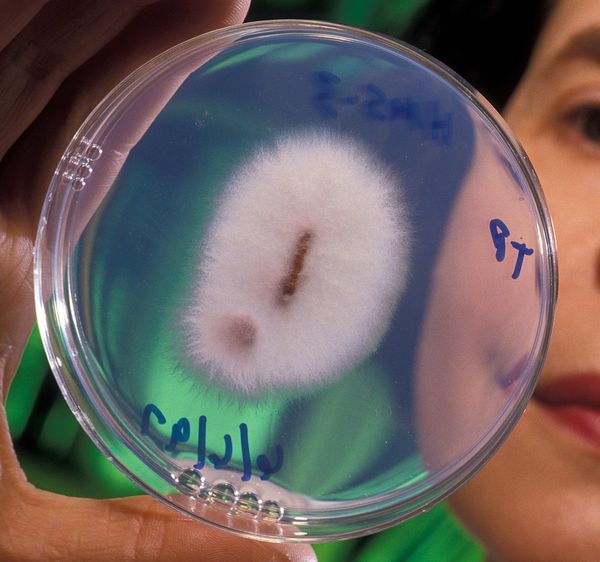- Fusarium is one of those fungi that can become your worst nightmare if you have a cannabis crop and don't take the preventive measures you should.
- This fungus, which subsists in substrates, is most common in greenhouse crops and indoor rooms featuring warm temperatures, so if you are thinking about one of these two options to fill your pantry with succulent cannabis buds…pay attention!

What is Fusarium?
Fusarium, belonging to the Nectriaceae family, actually encompasses a broad genus that includes different filamentous fungi that live in the soil. Generally, this type of fungi are saprotrophic (feeding on the waste of other organisms). That is, they act in a parasitic way, colonising the cannabis plant, feeding on it and causing it to get sick and, at times, die.
What happens when a cannabis plant becomes infected with Fusarium?
Fusarium attacks from the ground and colonises the cannabis plant through its xylem conduits, blocking the flow of sap. To draw a comparison to the human body, it would be as if this fungus blocked the veins, preventing the flow of blood. When this happens the plant is weakened and falls ill. This is generally a process that is quite fast and lethal. No effective remedy has been developed to fight it, so the best thing you can do is remove the infected plants.
What symptoms will tell you that your plants are suffering from Fusarium?
- Rot at the base of the stems
- The appearance of small spots on the lowest and oldest leaves.
- The appearance of chlorosis on the leaves.
- The tips of the leaves curl upwards, shortly after which the leaves yellow, wilt and die.
- Lignification of the stems: a trick to find out if your plants are suffering from fusarium is to cut a stem and to observe whether it is a reddish brown inside.
How to prevent and control Fusarium
Since there is no known effective remedy against the attack of these fungi, the key, in this case more than ever, is prevention. Hence, the first thing you need to do is strive to prevent the conditions conducive to the development of Fusarium in your cannabis crop: warm and acidic substrates and irrigation with nutrients at a temperature above 28 degrees generate the conditions ideal for this fungus to appear.
Here you have a series of measures that you can adopt to prevent a Fusarium attack against your plants:
- Try to keep the substrate temperature below 30 degrees.
- Cleaning, cleaning and more cleaning! The hygiene of your cannabis crop and the tools that you use are essential.
- Avoid overfertilisation with nitrogen. You can disinfect the soil by applying hydrogen peroxide, which, besides averting the effects of the Fusarium fungi, will also serve to oxygenate your crop's substrate. Between 20 and 30 cc of hydrogen peroxide per litre of water will be sufficient.
- As a biological control measure you can add Trichoderma to the substrate, a fungus that counteracts Fusarium
- Before planting cannabis seeds you can apply natural fungicides like horsetail or nettles.
- If you are going to grow indoors, make sure that the base of your plants is well ventilated, which you can do with the help of a fan located at this height.
If your crop is already infested, we recommended that you eliminate the affected plants as soon as possible, as well as the substrate in which they are planted. After doing so, you must be very careful, in case symptoms appear in the rest of your plants. Note that Fusarium fungi can remain active in substrate for years. Thus, it is very important that you thoroughly disinfect your crop if it has been attacked by this pathogen.



Comments from our readers
Read comments in other languages:
Did you like this post?
Your opinion about our seeds is very important to us and can help other users a lot (your email address won't be made public).